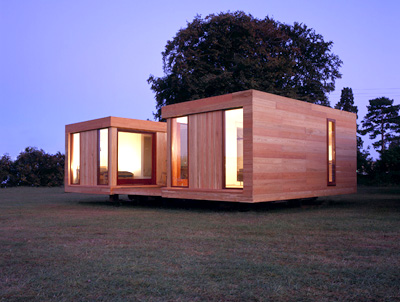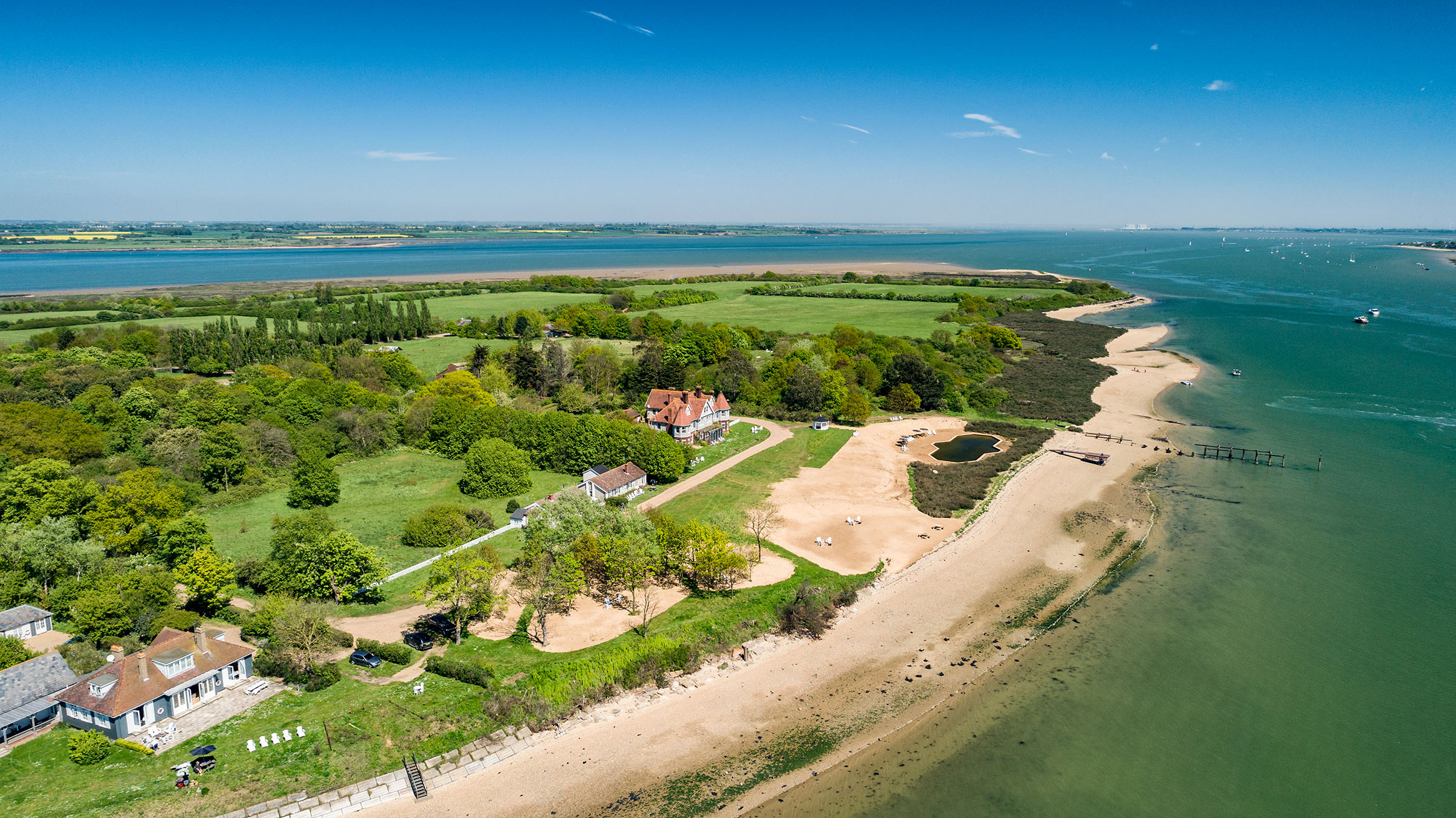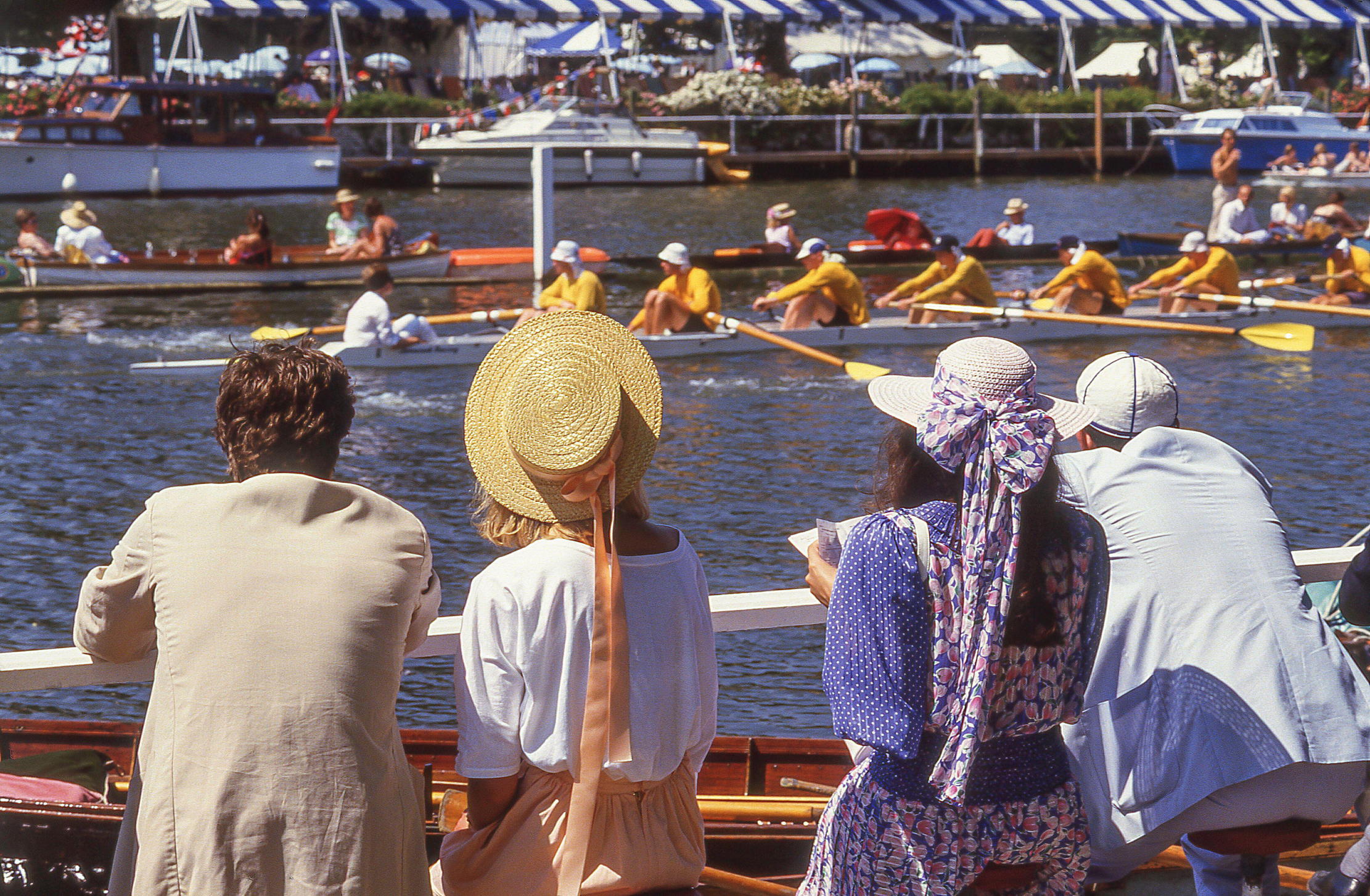Prefabs aren't all bad
Carla goes online to find some prefabricated dwellings with which she finds herself rather taken…


It was a prejudice, I will admit it. But the sheer mention of the word prefab conjured up images of ghastly modular sheds in an oh-so-Sixties shade of off-white guaranteed to send a shiver down my spine. I just couldn't contemplate it as a housing arrangement. Then I came across inhabitat.com ?possibly the most stylish weblog devoted to international contemporary architecture?and everything changed.
Every Friday, you see, they run a prefab special?and, like a novel Mr Darcy with Elizabeth Bennett, I let go of my bias and fell hard for the clean designs of most of the buildings they feature. They are an eye-feast of pure, essential lines, contemporary technology and eco-friendly materials?plenty of wood from sustainable sources, solar panels, even pre-built green roofs planted with herbs and flowers?with barely a whiff of off-white colours in sight. Instead, you get warm cedar, sleek grey and the vast expanses of floor to ceiling windows (rigorously double glazed to reduce heat loss).
Of course, their prices are also well beyond prefab standards?but with a few exceptions, such as the colossal, fabulously opulent Living Home designed by Ray Kappe (which costs about $425,000 in its smallest configuration, without including other pricey considerations such as groundworks, foundations, design fee, delivery and installation)?they remain on the manageable side.
My favourite one is perhaps Zenkaya, a Zen-inspired prefab out of South Africa, which has an elegant rounded shape that brings the home into the landscape. But outdoorsy Zenkaya looks perfect for the dry South African climate and rather less so for rain-drenched Britain, so I turned closer to home for other ideas.
And I found the perfect one in Retreat, a prefab by London architects Buckley Gray Yeoman. It has floor to ceiling double glazed windows, 100% wool carpets, solid timber from Forest Stewardship Council's certified sources?all wrapped in a sober, Les Courbusier-esque design that oozes architectural elegance. And, of course, high level of insulation, sound-absorbing window frames and, in the uber eco-friendly Sustainable Model, also photo-voltaic roof panels, solar water heating panels, low energy lighting and white goods, and a green moss sedum roof. Oh, and some models are larger than my London flat.
So here is my big idea: I am going to buy a Retreat and a piece of peaceful land close to London with planning consent for a holiday caravan pitch (the Retreat qualifies as caravan for planning purposes) and move there. It beats having a London pad with noisy neighbours, and I bet it is cheaper too.
P.S.: yes, I am deliberately trying to forget all about the Budget. But if you are a glutton for punishment, my esteemed Countrylife.co.uk colleagues are happy to pander to this masochistic streak.
Sign up for the Country Life Newsletter
Exquisite houses, the beauty of Nature, and how to get the most from your life, straight to your inbox.
Country Life is unlike any other magazine: the only glossy weekly on the newsstand and the only magazine that has been guest-edited by HRH The King not once, but twice. It is a celebration of modern rural life and all its diverse joys and pleasures — that was first published in Queen Victoria's Diamond Jubilee year. Our eclectic mixture of witty and informative content — from the most up-to-date property news and commentary and a coveted glimpse inside some of the UK's best houses and gardens, to gardening, the arts and interior design, written by experts in their field — still cannot be found in print or online, anywhere else.
-
 380 acres and 90 bedrooms on the £25m private island being sold by one of Britain's top music producers
380 acres and 90 bedrooms on the £25m private island being sold by one of Britain's top music producersStormzy, Rihanna and the Rolling Stones are just a part of the story at Osea Island, a dot on the map in the seas off Essex.
By Lotte Brundle
-
 'A delicious chance to step back in time and bask in the best of Britain': An insider's guide to The Season
'A delicious chance to step back in time and bask in the best of Britain': An insider's guide to The SeasonHere's how to navigate this summer's top events in style, from those who know best.
By Madeleine Silver